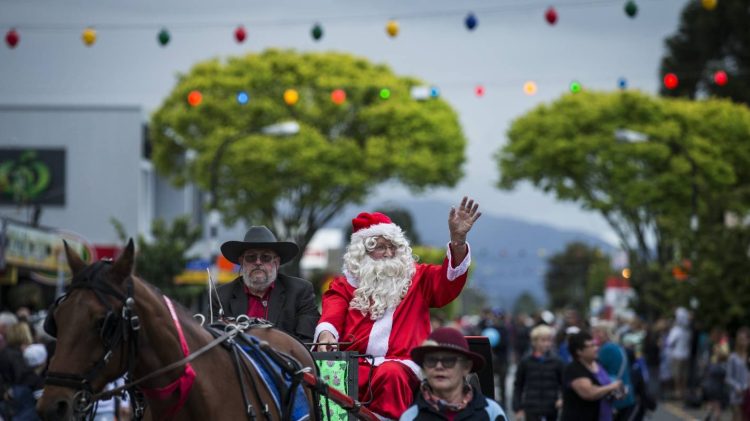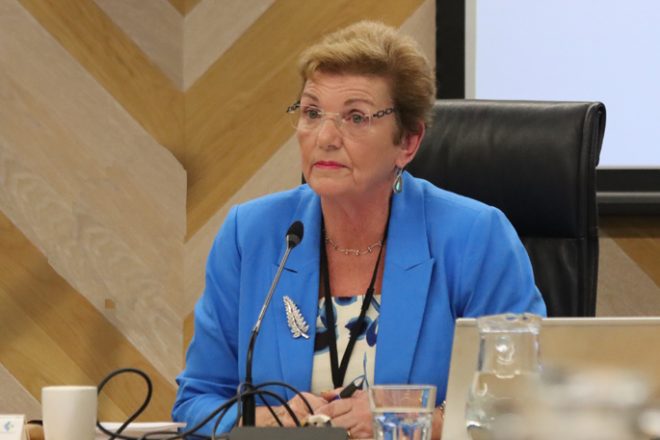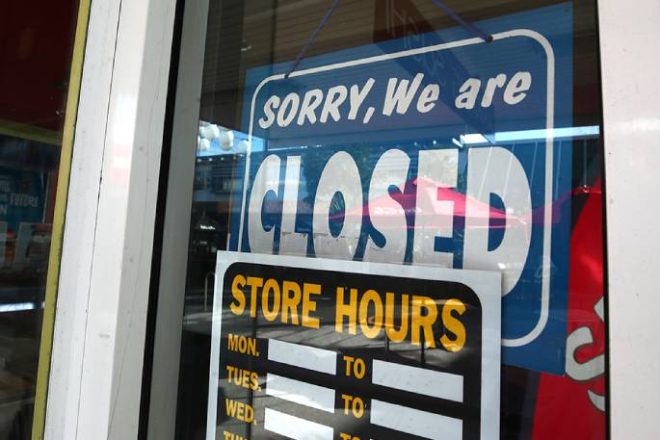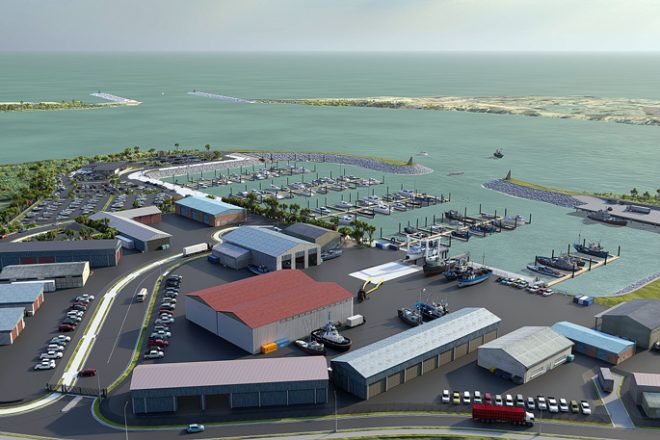The Motueka Starlight Christmas Parade will feature decorated floats, street entertainment, face painting, a fun photo booth, late-night shopping, and a ferris wheel. It will take place on High St, Motueka, on Friday, December 1. Entertainment starts at 5pm, the street will close at 6pm, and the parade will begin at 7pm.
The Complete History of Nelson (Abridged), a show by the Professional Theatre Company, will take place at Founders Heritage Park from December 1-10. The show, written by Gregory Cooper, humorously explores Nelson’s history. Tickets are $35 for adults and $15 for children.
The Barden Party, an award-winning Kiwi troupe, will perform one of three Shakespearean musicals chosen by the audience. Email laura@thebardenparty.com to secure your spot and find out the secret location in Nelson CBD. The shows will run from November 29-December 1, 6.30pm-9pm.
The Nelson Civic Choir will present Joy To The World with the Nelson Male Voice Choir and orchestra at Nelson Cathedral on Friday, December 1 at 7pm, and Saturday, December 2 at 2pm. Tickets are available from the Nelson Centre of Musical Arts.
The Hampden St School Twilight Gala, a fun-filled event with stalls, games, and food, will take place on Friday, December 1.
The Nelson Cathedral Christmas Tree Festival will feature lunchtime concerts at 1pm weekdays from December 4 to 20.
The Legacy Dance Company’s dance production, Invictus, will showcase young Nelson Tasman dancers performing to pop and RnB throwbacks. The show will take place at the Theatre Royal on Friday, December 1, 7pm, and Saturday December 2, 12.30pm and 7pm.
The Richmond Santa Parade will take place on Sunday, December 3. Pre-parade entertainment will be in Sundial Square and Queen St, and the parade will start at 1pm.
Young Moon will perform at The Boathouse on Friday, December 1, 8pm. Tickets are $25 at the door.
The FTSNT will hold its annual Kirikiti (Samoan cricket) Tournament at Saxton Field on November 25, December 2 and December 9, 10am-1pm.
The Thank You New Zealand children’s art exhibition, featuring drawings and paintings by Ukrainian children, will be on display at Motueka Library Te Noninga Kumu, from November 22-December 16.
Fire & Earth, a biennial exhibition showcasing ceramic art from across the region, will be at the Suter Art Gallery from November 18-March 10.
Trees of Remembrance will be on display at various locations from November 16-December 24 to support Nelson Tasman Hospice and remember those who can’t be with us during Christmas.
The Italian Film Festival will be held at the Suter Theatre from November 6-27. Visit https://www.italianfilmfestivalnz.com/ for details.
The NMIT Te Pukenga BAM exhibition, showcasing student works, will be at the Refinery ArtSpace until December 2.
The Nelson Market, Nelson Farmers Market, and Takaka’s Village Market will be held weekly. Visit their respective websites for more details.




















































-660x440.jpg)


